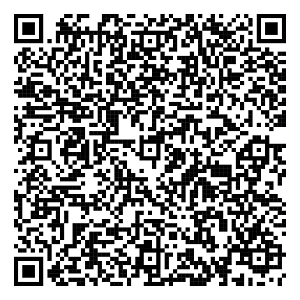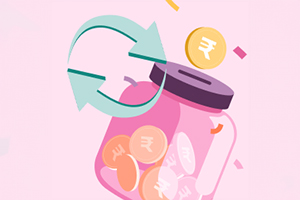The convenience of net banking has revolutionised the way we manage our finances. However, with this ease comes the growing threat of net banking fraud. As digital transactions increase, so do the incidents of net banking fraud cases.
Cybercriminals are constantly devising new methods to exploit vulnerabilities in the system, making it essential to be vigilant and proactive in protecting your financial information when conducting transactions online.
Common types of net banking fraud
- Phishing: Fraudsters send deceptive emails or messages that appear to be from legitimate banks, tricking users into revealing sensitive information, such as passwords and stored Credit Card details.
- Vishing: Similar to phishing, vishing involves fraudulent phone calls where scammers impersonate bank officials to extract personal information.
- Smishing: This technique uses SMS messages to deceive users into providing confidential information or clicking on malicious links.
- Malware: Malicious software can infect devices and steal information when users unknowingly download infected files or visit compromised websites.
- Man-in-the-middle attacks: Hackers intercept communication between a user and a bank’s website, capturing login credentials and other sensitive data.
- SIM swap fraud: Fraudsters duplicate a victim's SIM card to gain access to banking information and execute transactions.
- Keystroke logging: Cybercriminals install software that records keystrokes to capture login credentials and other sensitive information.
- Fake banking apps: Fraudulent apps mimic legitimate banking apps, tricking users into entering their login details.
Protecting yourself from net banking frauds
- Enable two-factor authentication: Ensure that your bank account has two-factor authentication (2FA) enabled. This adds an extra layer of security by requiring a second form of verification, in addition to your password.
- Regularly update passwords: Change your online banking passwords periodically and avoid using easily guessable passwords.
- Monitor account activity: Regularly check your account statements and transaction history. Report any suspicious activity to your bank immediately.
- Beware of unsolicited communication: Be cautious of unsolicited emails, messages or calls asking for personal or financial information.
- Secure your devices: Install antivirus software and keep your operating system and apps up to date to protect against malware.
Also Read: What is Loan fraud? - Signs, safety & types
Conclusion
Net banking frauds are a growing concern in India, with increasing cases impacting individuals and businesses alike. By staying informed about the various types of fraud and adopting the best practices for online security, you can protect your accounts and cards from these threats.
Axis Bank implements advanced security protocols, real-time transaction alerts and secure banking solutions to protect its customers. For a safer banking experience, consider exploring the various products and services offered by Axis Bank designed to ensure your financial safety and convenience.
Disclaimer: This article is for information purpose only. The views expressed in this article are personal and do not necessarily constitute the views of Axis Bank Ltd. and its employees. Axis Bank Ltd. and/or the author shall not be responsible for any direct / indirect loss or liability incurred by the reader for taking any financial decisions based on the contents and information. Please consult your financial advisor before making any financial decision.







